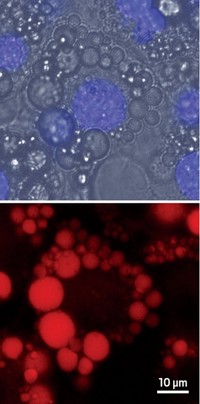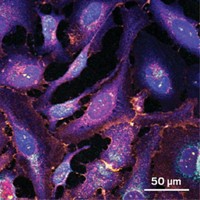Advertisement
Grab your lab coat. Let's get started
Welcome!
Welcome!
Create an account below to get 6 C&EN articles per month, receive newsletters and more - all free.
It seems this is your first time logging in online. Please enter the following information to continue.
As an ACS member you automatically get access to this site. All we need is few more details to create your reading experience.
Not you? Sign in with a different account.
Not you? Sign in with a different account.
ERROR 1
ERROR 1
ERROR 2
ERROR 2
ERROR 2
ERROR 2
ERROR 2
Password and Confirm password must match.
If you have an ACS member number, please enter it here so we can link this account to your membership. (optional)
ERROR 2
ACS values your privacy. By submitting your information, you are gaining access to C&EN and subscribing to our weekly newsletter. We use the information you provide to make your reading experience better, and we will never sell your data to third party members.
Analytical Chemistry
A Crayon Box For The Biotech Set
DNA-like labels light up biological systems in a rainbow of colors
by Bethany Halford
March 16, 2009
| A version of this story appeared in
Volume 87, Issue 11

By replacing the bases in DNA with different fluorophores, chemists at Stanford University have created a palette of 23 dyes that can be excited at one wavelength (J. Am. Chem. Soc., DOI: 10.1021/ja805502k). The new dyes could find broad use as biological labels, according to the researchers, particularly in systems where classical fluorophores fail, such as in moving organisms. Eric T. Kool, Yin Nah Teo, and James N. Wilson create the labels by assembling three to five fluorophores—typically aromatic hydrocarbons or heterocycles—into a DNA-like chain. Dubbed oligodeoxyfluorosides (ODFs), each fluorophore takes the place of the DNA base on the deoxyribose unit, making it possible for a DNA synthesizer to knit together a chain of the oligomers. The DNA backbone brings the aromatic species into close contact so the researchers are able to excite multiple fluorophores with one wavelength of light, thereby generating different colors simultaneously. Classical fluorophores typically require multiple excitation wavelengths, and therefore multiple fluorescence experiments, to observe multiple colors. The Stanford team used the ODFs to image several biological systems, including live zebrafish, in many colors at once.





Join the conversation
Contact the reporter
Submit a Letter to the Editor for publication
Engage with us on Twitter